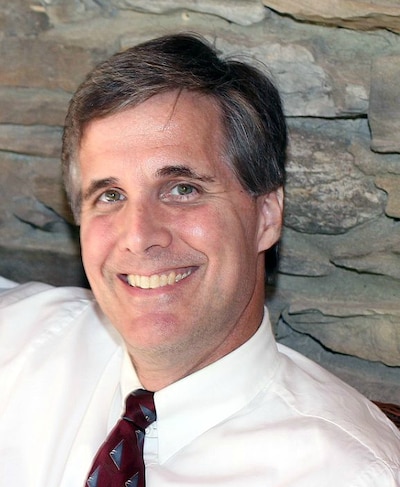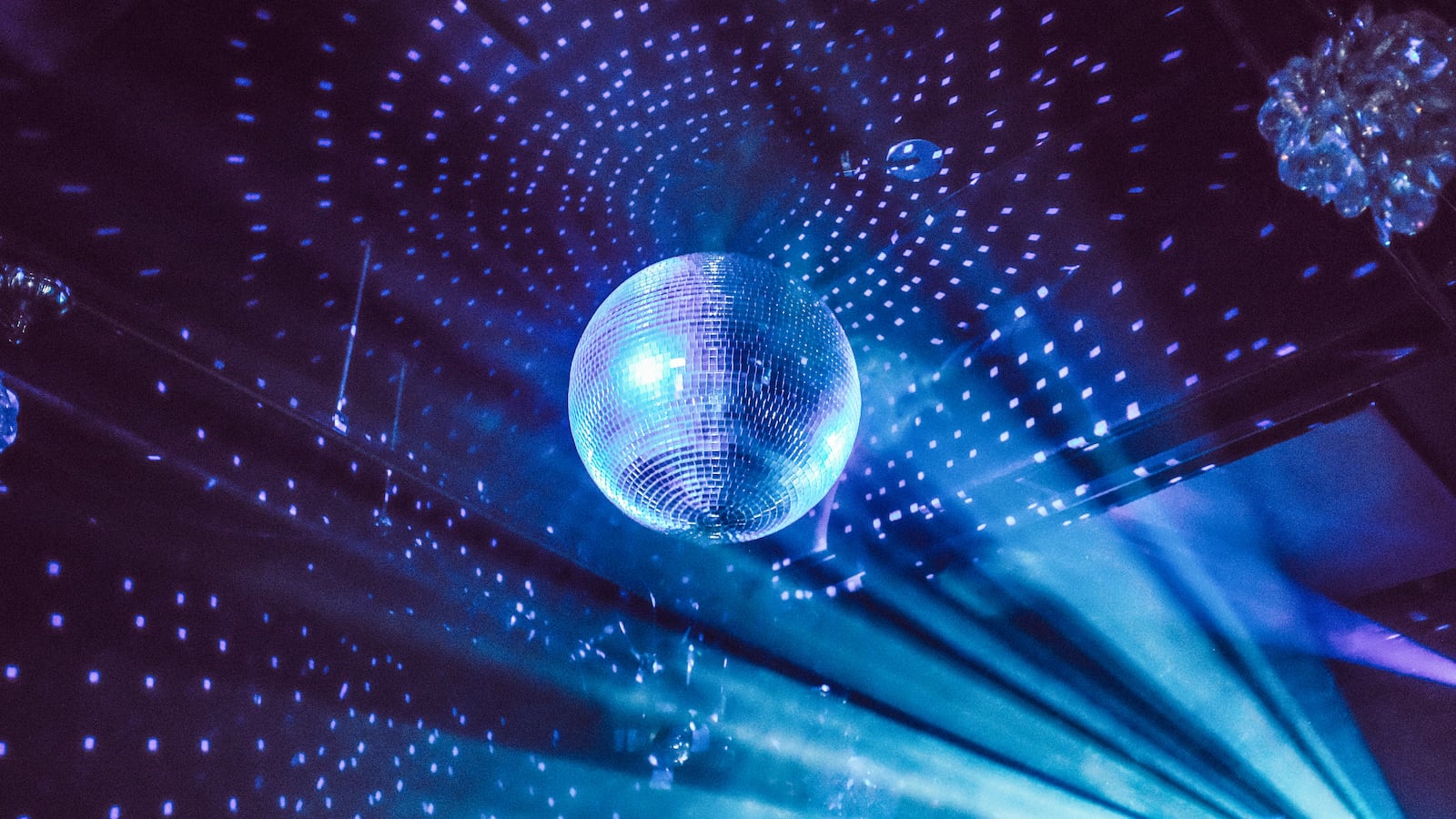During the pandemic, it’s been nearly impossible for kids to let loose at school and just be kids. While facing COVID-19 restrictions and dwelling on their own mortality, they have missed out on beloved traditions, such as field trips, dances, and athletics.
As a middle-school teacher, I’d been searching for ways to lift students’ spirits and foster a sense of normalcy. The solution came in the form of an often-maligned, cultural, and dance-music phenomenon from my own childhood: disco.
I work with seventh graders in a rural Georgia school district. I love them, but 12-year-olds are probably the world’s weirdest humans. Against the backdrop of puberty, they fluctuate wildly from joy to tears to rage, sometimes in the span of a few moments. They routinely fight, lie, bully, fart, share heartwarming personal stories, and yearn for as much attention as anyone is willing to give.

In November, I worried what might lie ahead when our assistant principal and two of our seventh grade teachers had to miss school because of a student disciplinary hearing off-campus. When a substitute teacher failed to show, we expected the worst, especially since it was Friday before the week-long Thanksgiving break when students were already revved up and unfocused.
Worldwide, behavior problems have skyrocketed in classrooms, as kids struggle to relearn social skills lost after months of being cooped up at home. Principals’ and counselors’ offices are seldom empty.
‘How do they know the words?’ I wondered.
The first part of the school day passed without incident, but the real test would happen around noon, the moment when almost 200 seventh graders assembled for the cacophony of gossiping, arguing, and open-mouthed chewing known as lunch.
I led my kids into the cafeteria, caught off-guard by the reverberations of a bass riff. Our school was in the midst of a two-week fundraiser, and someone had decided a Friday before a holiday week was a good time to bring in a DJ to motivate the students.
My colleagues and I were not looking forward to the next 30 minutes of crowd control. But I found myself captivated by memories blaring from the speakers, a collection of classics from the ’60s, ’70s, and ’80s. I’m 56. This was my music — some of the very songs I listened to when I was in middle school. I couldn’t resist singing along to “My Girl” by the Temptations.
Out of the corner of my eye, I noticed one of my students laughing and mouthing to a friend, “Look at Mr. D.” It wasn’t mean-spirited, but I didn’t care, regardless. This was the first time since the pandemic began that I was enjoying music with others, and I wasn’t going to let the moment pass.
The DJ switched to disco, and suddenly, amazingly, the kids were singing, too.
How do they know the words? I wondered.
In the late 1970s, disco was the most popular music in the United States, but that ended on July 12, 1979, during a Major League Baseball promotion at Comiskey Park in Chicago. Spectators were admitted to the doubleheader for 98 cents if they brought a disco record. In between games, organizers blew up the records on the field, leading to a riot and the cancellation of the second game. Shortly thereafter, disco was dead.
But on this afternoon in the lunchroom, disco seemed very much alive.
The teachers wondered if we should tell the students to quiet down. We worried that things would get out of hand. But we let them sing.
Then one girl approached the teachers’ table and asked, “Would it be O.K. if a couple of us got up and danced?”
Without hesitation, a middle-aged colleague replied, “Sure!”
A few of the bolder kids wasted no time showing off their moves. I admired their courage. Seventh graders rarely want to stand out from the pack for fear of being devoured.
I didn’t possess such gumption at that age, and with my lack of rhythm, I’m still uncomfortable getting on the dance floor. But when “Y.M.C.A” by the Village People started playing, I cast aside decades of awkwardness.
I turned to my friend Amy.
“What do you think?” I asked.
“I’m in,” she responded.
We threw out our arms to form the famous four letters in the chorus: “It’s fun to stay at the Y.M.C.A.” Our lack of skill and limberness didn’t matter.
The group of five or so student dancers swelled to 50 or 60, along with almost every teacher, prompting a cheeky student to exclaim to an instructor, “Miss, it looks like you’ve spent a lot of time at the clubs!”
Normally, by this point, a kid would have shoved a classmate or thrown a milk carton, but on this magical Friday, all was well. The half-hour lunch period stretched to 35 or 40 minutes, but no one wanted it to end, not even the cafeteria workers waiting to clean up for the day.
Finally, the DJ settled the matter by shutting off the sound system, resulting in a chorus of teenage “aws.” The kids tidied up the tables quickly and walked back to class, reveling in the fact that their usual lunch break had turned into a dance fest.
I’ve seen a lot during 20 years of teaching, stretching across three continents and all age groups. I can’t recall an experience more satisfying than cutting a rug in the cafeteria.
For almost two years, students and teachers have endured shuttered schools, at-home learning, quarantines, masks, social distancing, illness, and even death, while grappling with emotions ranging from fear to depression to anger. But as the disco music pulsated, the beat seemed to purge the pent-up distress, leaving everyone with a momentary glimpse of a more promising, post-pandemic reality and giving the teenagers a story to hang on to for life — the day their teachers crossed over to the dark side.
A version of this piece was originally published in The Advocate, a publication of the Graduate Center at CUNY.
Mark Dickinson has taught on three continents. Currently, he is back home working as an ESOL instructor and freelance writer in Whitfield County, Georgia.



